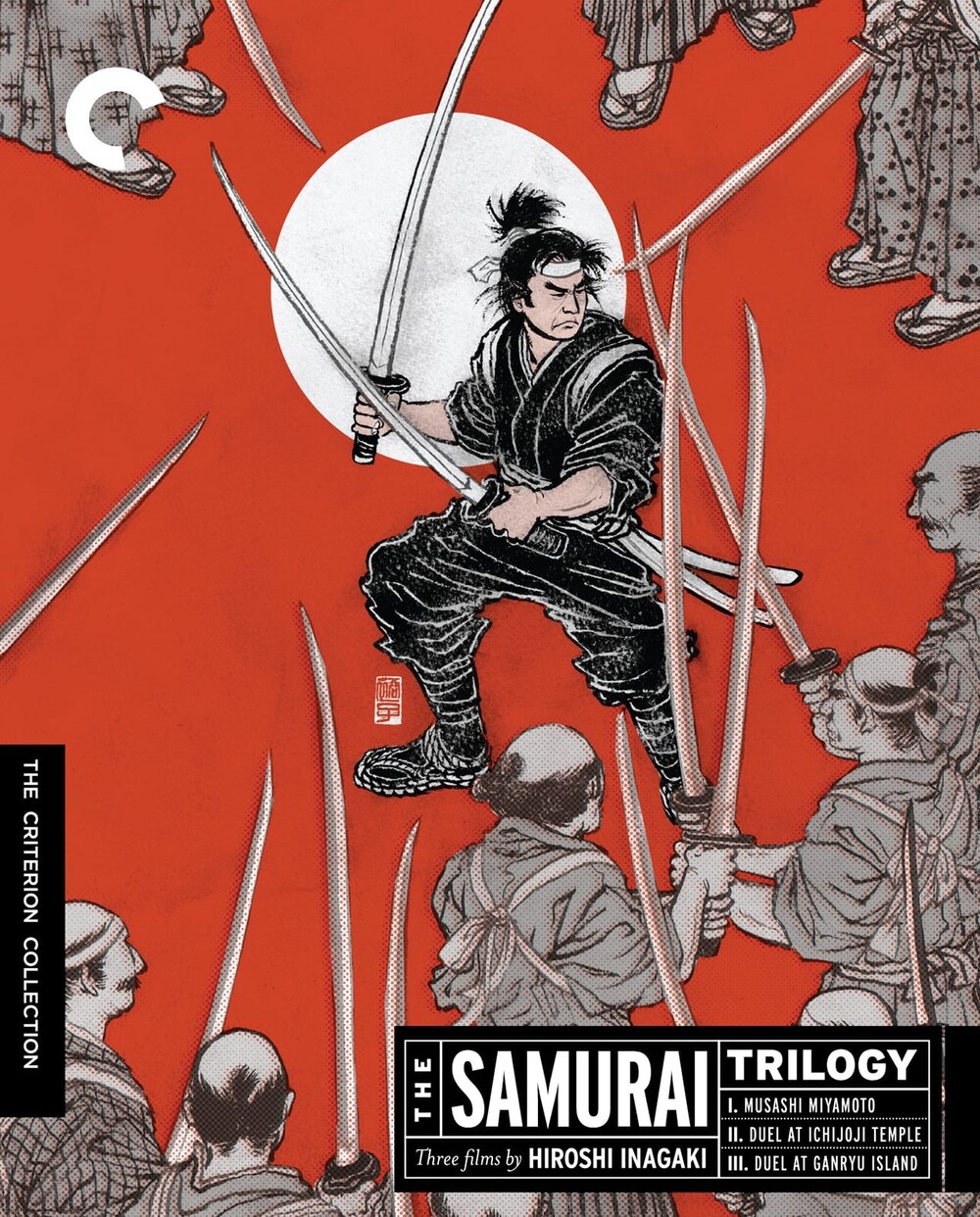-
Miyamoto Musashi / Samurai I: Musashi Miyamoto (1954) - A careless teenage warrior becomes a careful adult ronin - 8/10 (30/04/19)

Samurai I: Musashi Miyamoto is the first part of the Samurai trilogy by director Inagaki Hiroshi featuring lead actor Mifune Toshiro based upon based the novel by Yoshikawa Eiji about the famous philospher, duelist and author of The Book of Five Rings. This movie won the 1955 Academy Award for Best Foreign Language Film.
It tells story of teenager Takezo who dreams of fame and glory in battle but fails miserably along with his unstable childhood friend Matahachi. Manipulated by beautiful Akemi and her egoistic mother Oko on an isolated farm, the two men are separated as Matahachi follows the two women and ends up marrying Oko while Takezo attempts to go back to his village where he is perceived as a criminal and rejected by distant family members. He attempts to inform Matahachi's mother Osugi and fiancee Otsu that his friend is still alive but they plot against him and Takezo ends up being a fugitive.
The most fascinating thing about the movie is the development of the main character from careless teenage warrior Takezo to careful adult ronin Miyamoto Musashi. Mifune Toshiro plays this role very emotionally and energetically as if the character had been specifically created for him. He has often incarnated quite emotional characters and is a war veteran himself which helped him empathize with the historical figure he portrays.
Despite a few inaccuracies in relation to the source material and actual historic events, the movie convinces with a detailed plot filled with intrigues, jealousy, love, redemption and revenge. The motives of the different characters aren't always clear and might sometimes even change which makes the movie entertaining and unpredictable. The manipulative Akemi and the unstable Otsu are memorable characters that are going to play important roles in the two sequels as well. Priest Takuan also plays an essential role and provides philosophical depth to the movie that is equally action film and period drama.
One must also point out the movie's stunning cinematography. The movie was shot in Eastmancolor and is one of the first Japanese colour movies. This technique gives the film an epic touch and accentuates the gorgeous Japanese landscapes, villages and temples seen throughout the movie. The film manages to bring the late sixteenth and early sevententh century to life which makes it timeless despite its age.
Even though the movie has aged very well, some elements are somehwat antiquated by today's standards. The portrayal of Japanese women in particular isn't very flattering as they are all shown as being very egoistic, manipulative and unstable. The fight sequences are choreographed with care but look somewhat stiff at times.
Still, Samurai I: Musashi Miyamoto is one of the very best jidaigeki or samurai films ever made. The settings are breathtaking, the plot is intriguing and the characters are increasingly fascinating. Anyone who likes action movies, period dramas or Asian cinema in general should watch this film as well as its two sequels that tell the most important events in the life of a legendary figure.
« A review of the Samurai trilogy (1954-1956)Zoku Miyamoto Musashi: Ichijôji no kettô / Samurai II: Duel at Ichijoji Temple (1955) - A skilled fencer who needs to learn about chivalry - 8/10 (30/04/19) »









